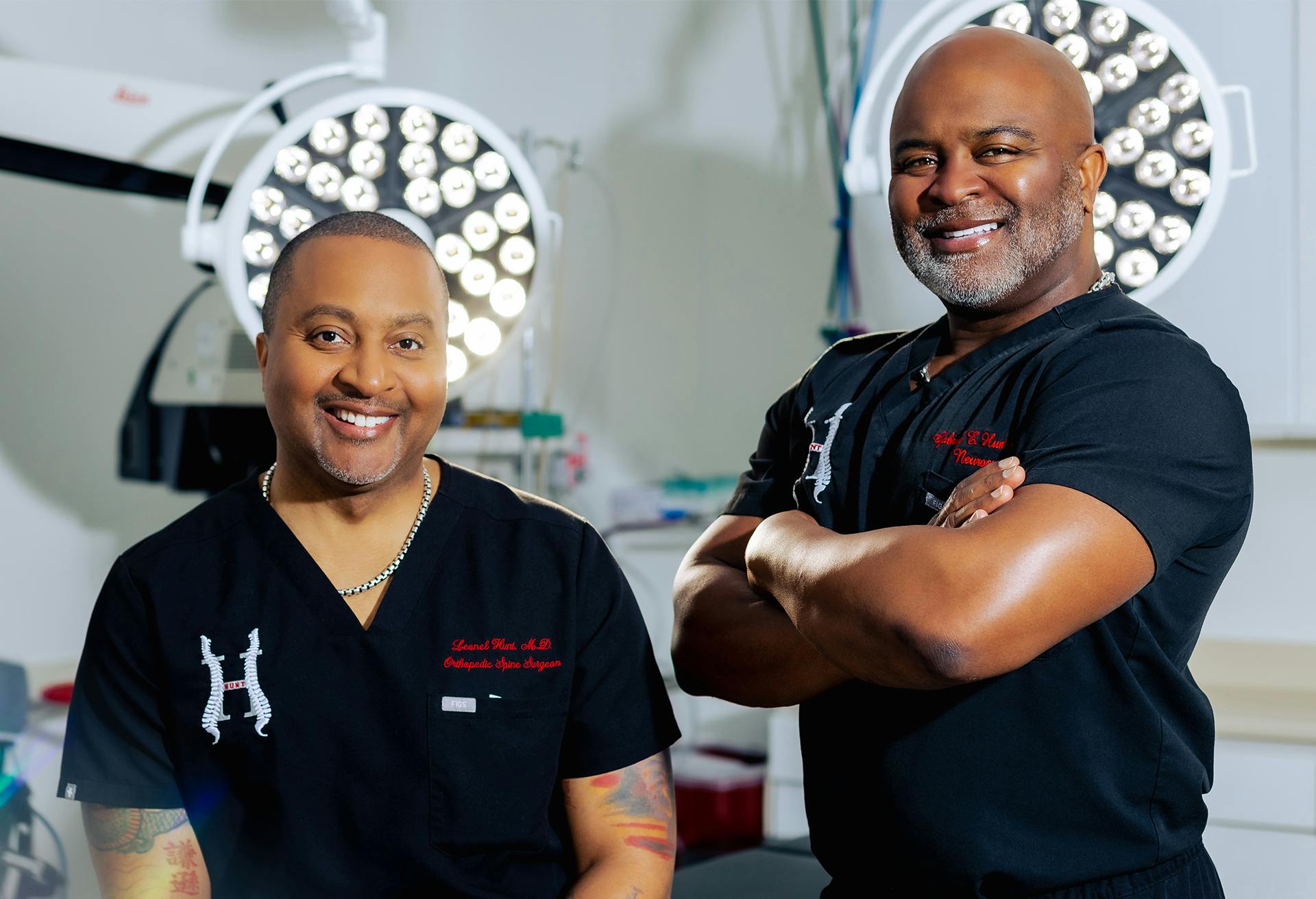An Introduction of Spinal Column Problems That Commonly Outcome in Surgical Therapies
Spinal column problems such as herniated discs, spinal constriction, and degenerative disc condition regularly require medical interventions when traditional therapies fail to minimize persistent signs and symptoms. These conditions not just bring about significant discomfort but can likewise severely impair daily functioning and general lifestyle. Understanding the subtleties of each problem and the corresponding medical alternatives, such as discectomy or back blend, is critical for reliable administration. As we explore these conditions additionally, it comes to be apparent that the decision-making procedure surrounding medical therapy is diverse and warrants cautious consideration.
Herniated Discs
Although lots of individuals with herniated discs might discover alleviation via traditional therapies, surgical procedure ends up being a necessary factor to consider when signs get worse or persist - best spine surgeons in st louis mo. A herniated disc occurs when the soft inner gel of a back disc extends with its external layer, possibly compressing nearby nerves and leading to discomfort, feeling numb, or weakness in the extremities
Conservative management generally consists of physical therapy, discomfort medications, and corticosteroid shots, which intend to lower swelling and enhance feature. In instances where these approaches stop working to ease incapacitating symptoms, surgical options might be explored.
One of the most typical surgery for herniated discs is a discectomy, which includes the elimination of the herniated part of the disc to ease stress on the affected nerve origin. In extra extreme cases, spinal fusion might be necessary to maintain the impacted vertebrae.
Individuals are suggested to go over the potential risks and benefits of surgical treatment with their doctor to make an educated decision. Eventually, the goal of any kind of medical intervention is to recover function, alleviate pain, and boost total lifestyle for people struggling with herniated discs.
Spine Stenosis
Spinal stenosis takes place when the spaces within the spine narrow, leading to boosted stress on the spine cord and nerves. This problem can establish in various regions of the back, including the lumbar and cervical areas, commonly because of age-related modifications, such as degenerative disc disease, joint inflammation, or thickening of ligaments.
Patients with spine constriction may provide with symptoms that include discomfort, feeling numb, prickling, or weak point, mostly in the legs or arms. These signs and symptoms can be intensified by tasks that include standing or walking, typically leading individuals to look for alleviation with conservative therapies like physical treatment, medicines, or epidural steroid shots.
Nevertheless, when these non-surgical interventions stop working to offer ample alleviation, surgical choices might be taken into consideration. Typical surgical procedures for spinal constriction consist of laminectomy, which involves the removal of component of the vertebra to ease pressure, and spine blend, which stabilizes the damaged area.
Spondylolisthesis
Spondylolisthesis takes place when one vertebra slips forward over one more, bring about imbalance of the spinal column. This problem can arise from different factors, consisting of hereditary problems, injury, or degenerative adjustments in the spine. It is most commonly observed in the back region, specifically at the L4-L5 and L5-S1 degrees.

Therapy alternatives vary based on the intensity of the slippage and the signs offered. Traditional steps, including physical treatment, pain administration, and activity adjustment, are often the very first line of defense. When non-surgical techniques fail to soothe signs and symptoms or when substantial nerve compression is present, surgical treatment may be called for. Surgical alternatives can consist of spine fusion or decompression treatments, targeted at restoring alignment and reducing neurological signs and symptoms. Early medical diagnosis and proper monitoring are vital for ideal end results in clients with spondylolisthesis.
Degenerative Disc Illness

Clients with DDD usually experience discomfort that may radiate to the arms or legs, relying on the influenced area of the spine. The condition can be identified via a mix of clinical examination, imaging researches, and find out patient history. Treatment options normally start with traditional actions, including physical treatment, pain administration, and way of life alterations. When these approaches fall short to give ample relief, medical treatments may be thought about.
Surgical options for DDD might include spine combination or artificial disc substitute, focused on maintaining the impacted section and relieving pain (best spine surgeons in st louis mo). Inevitably, the option of therapy is individualized, considering the intensity of the condition, individual health, and way of living aspects
Spinal Growths

Spinal lumps can develop from various aspects, including genetic tendency, environmental influences, and pre-existing medical conditions. People may present with a range of symptoms, consisting of localized discomfort, neurological shortages, weak point, or modifications in digestive tract and bladder feature, depending on the growth's dimension and area.
Surgical treatment may be warranted to minimize signs and symptoms, acquire a biopsy, or eliminate the tumor totally. The goal of surgical procedure is commonly to unwind neural elements and maintain the spinal column. Early discovery and treatment are crucial for optimizing outcomes in individuals with spine lumps.
Conclusion
In summary, spine conditions such as herniated discs, spine constriction, spondylolisthesis, degenerative disc disease, and back growths often necessitate medical treatment as a result of their prospective to trigger substantial discomfort and practical disability. While traditional treatments may provide short-term relief, medical alternatives come to be vital when symptoms get worse or continue. Timely medical diagnosis and intervention play an important role in restoring function and improving the lifestyle for affected individuals, underscoring the significance of thorough spine treatment.
